When people talk about UX, they often focus on colors, fonts, or fancy interactions. But great UX is not about decoration. At the core, the best principles are practical, tested, and effective. Here are five principles I’ve found to be the backbone of every successful experience.
1. Context Clarity
The first question every user asks—sometimes unconsciously—is: “Where am I and what can I do here?”
If the screen doesn’t answer that instantly, confusion takes over. Clear context means less friction, and a focused layout says out loud “this is where you are, and this is what you can do.”
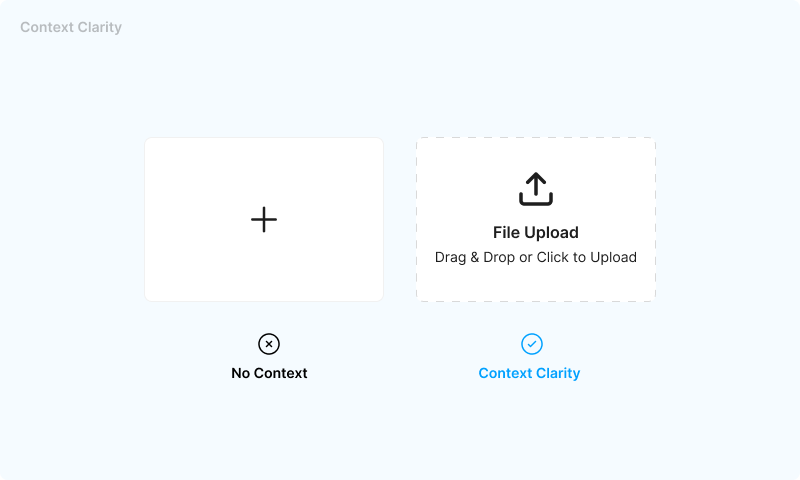
2. Predictability
Good design should never surprise people in the wrong way. If I press a button, I should know what will happen. Predictability means consistent patterns, familiar icons, and clear language. It’s the reason the “order” button looks the same across every app — no one wants to guess how one design behaves.
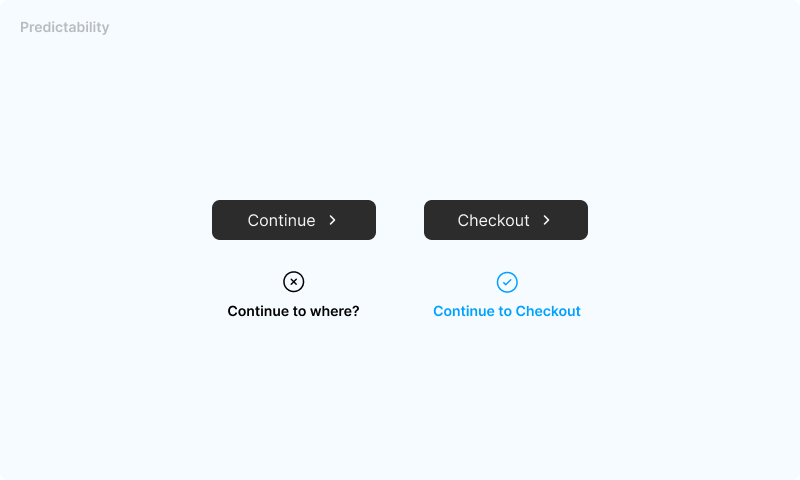
3. Minimal Cognitive Load
Every extra choice, every unnecessary form field, is mental tax. The more the user has to think, the less likely they are to finish. Reducing cognitive load means simplifying flows, using progressive disclosure, and stripping away distractions. The best designs are the ones that make you feel the process was effortless.
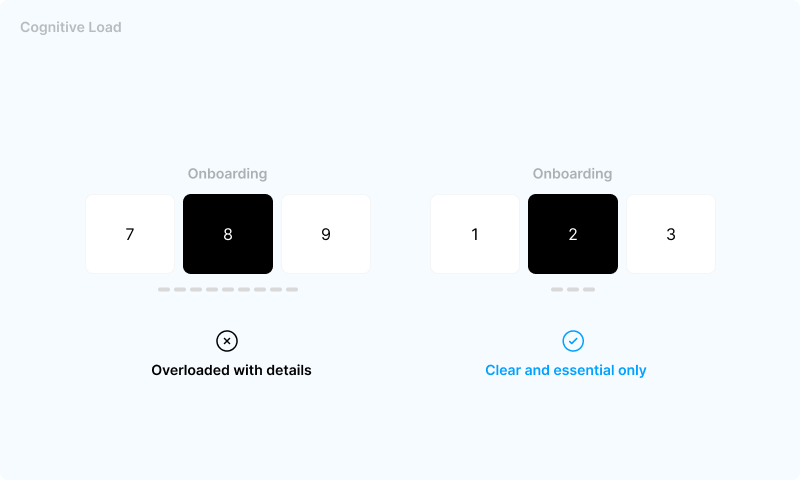
4. Seamless Feedback
Imagine pressing “Save” and nothing happens. Did it work? Should you press again? The silence is often worse than a red error message. Whether it’s micro-animations, progress bars, or alert toasts, feedback keeps the conversation going between user and system. Without it, the product feels unresponsive.
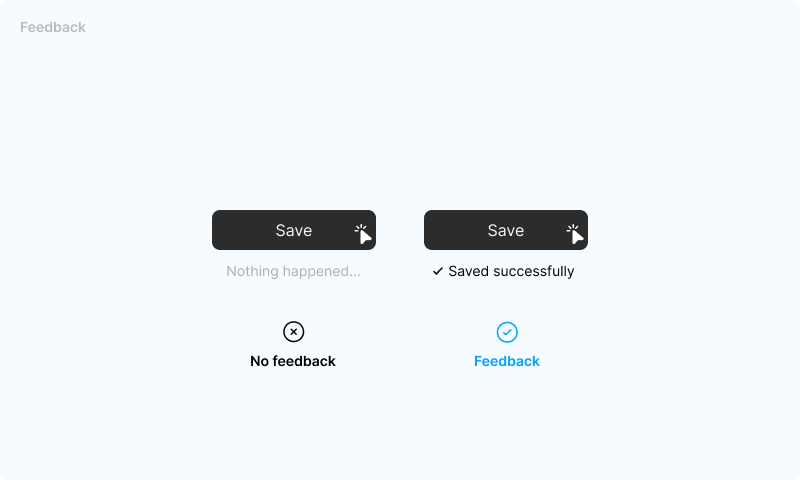
5. Speed as a Feature
We often treat speed as a technical detail. In reality, it’s a design choice. A slow interface is a broken experience. Speed is communication: it says “we care.” Timely feedback, fast flows, and quick responses reduce anxiety. The faster something loads, the more it feels like part of the experience — not an obstacle.
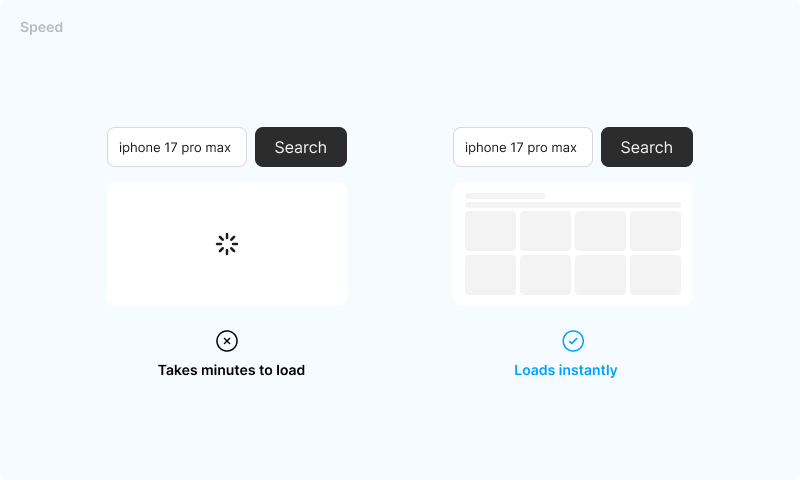
Final Thought
UX is not about adding more. It’s about removing friction. When context is clear, actions are predictable, mental effort is low, feedback is constant, and speed is prioritized, you get a product that feels natural. Fast, not fancy. Useful, not rigid.
And when that happens, users don’t just use the product, they trust it.
